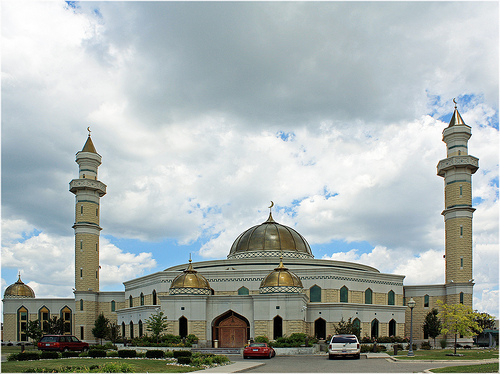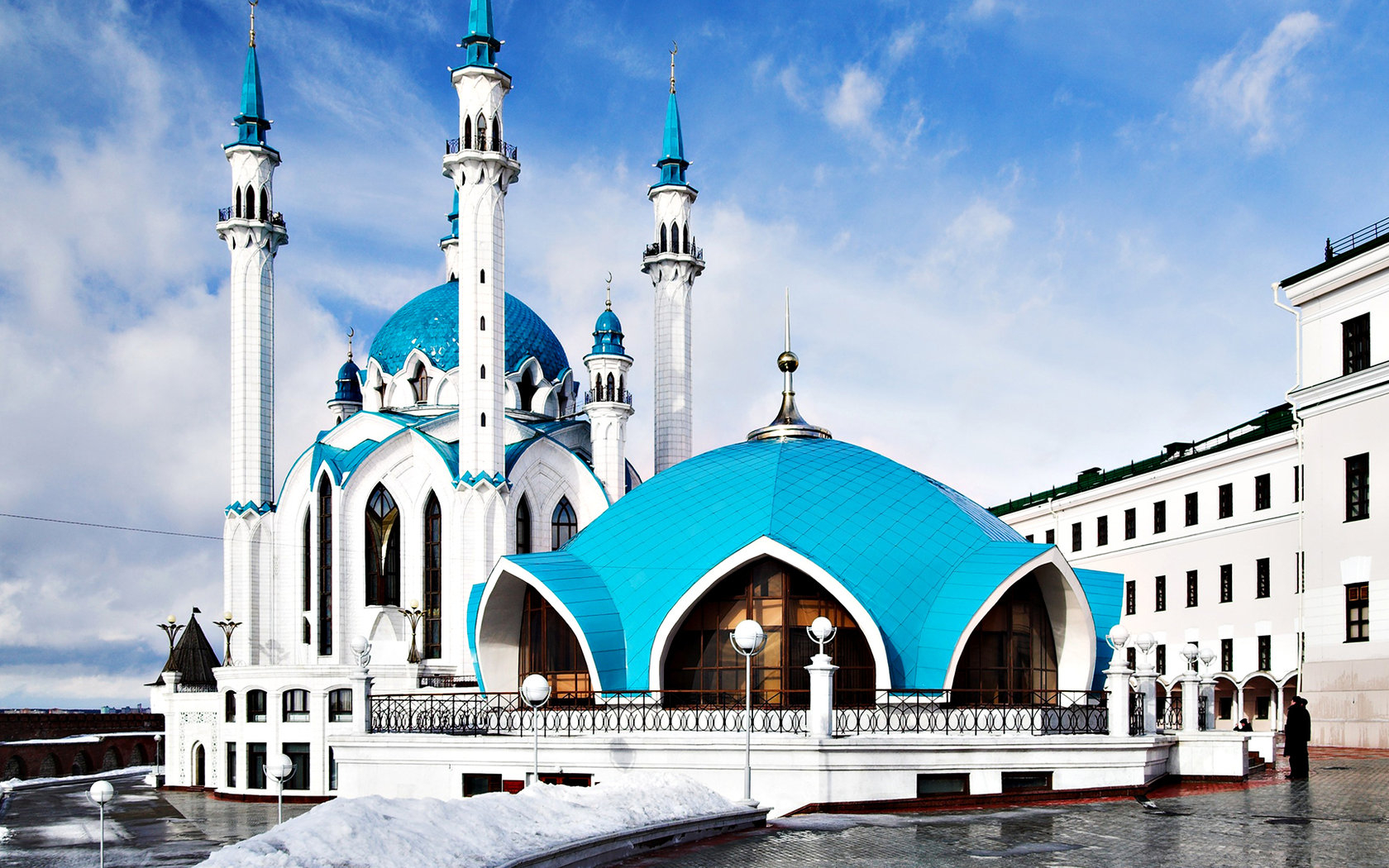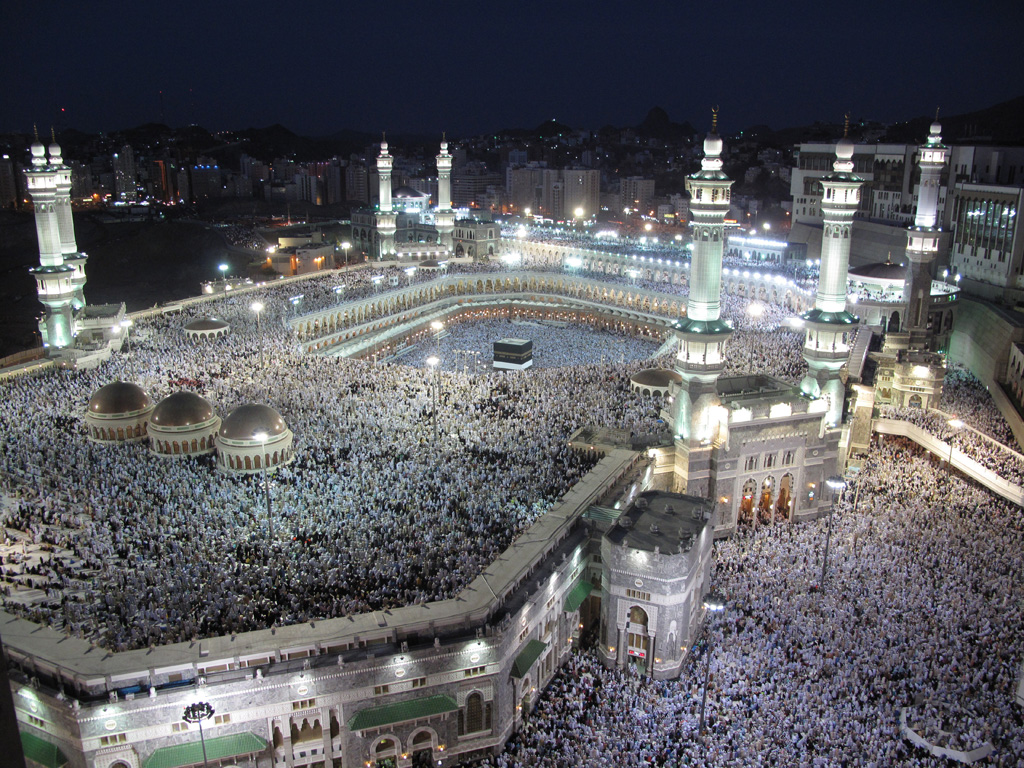Al-Masjid al-Nabawi
At the point when the Prophet touched base at what was then Yathrib, toward the end of his Hijrah venture, unmistakably he didn't have a particular spot at the top of the priority list from among the aggregation of settlements. He ended at a spot called Quba, as a visitor with one called Kulthum b. al-Hidm in the abode of `Amr b. `Awf staying there for 3-4 days. A mosque was worked there which was later named by the Qur'an as Masjid al-Taqwa. This was the principal mosque built up by the Prophet.
Masjid-Al-Nabawi
At that point he mounted his camel with Abu Bakr behind him and, as he propelled he offered his Friday Prayer in the residences of Banu Salim b. Awf. A hundred men were before him when he conveyed the primary Friday Sermon ever. The `Awf tribe asked for him to bring living arrangement with them yet he said, "Not to mention the camel, for she is under charge (from on High)." So he proceeded onward. Comparable solicitations were made by men of different homes, however he gave them the same answer, until she landed at a spot where the Masjid al-Nabawi now stands. The camel hunched down at a spot, then got up once more, pushed ahead and ceased. At that point she turned and returned to the main spot to settle down there for good, and the Prophet descended. It was the settlement of Banu Najjar with whom he was connected from his mom's side, the site – which filled the needs of an open camel-stable, had a place with two vagrants, and the house that stood right inverse the spot was that of Abu Ayyub al-Ansari. The last approached and diverted the Prophet's stuff to his home settling the issue of where he will sit tight.
He had not carried any of his spouses with him thus stayed alone. Obviously, it would not have been simple for a 53-year old individual to live alone, after a long voyage, yet maybe it was on account of his Hijrah adventure was not a pre-arranged one for him to have sent his spouses crosswise over ahead of time. That required Abu Ayyub to send him suppers which were acknowledged with beauty, in spite of the fact that he was not in the propensity for tolerating blessings without reacting correspondingly.
Masjid-Al-Nabawi
He stayed with Abu Ayyub for 15 days, (with Abu Bakr having found a spot with one of his relatives), amid which he assembled the mosque, the Masjid al-Nabawi, and his own quarters. He took an interest in the development of the mosque, and albeit clearly it didn't appear to be vital, welcomed others to participate in the development (maybe for them to partake in the prizes until the Hour strikes). It was a basic cabin, with a top of frond-covering and the floor exposed sand that transformed into mud when it drizzled.
The Prophet showed limits of Madinah and, denoting its limits, proclaimed the town a Sanctuary like Ibrahim had announced Makkah a Sanctuary.
The Mosque has been extended a few times over since the season of the Prophet. Dajjal will lay attack to Madinah, trailed by an earth-shake that will bring about all unbelieving and misleading components leaving the town. Be that as it may, Dajjal won't have the capacity to enter the town. At each passageway to the town, he will discover heavenly attendants guarding it. At last, he will lift the attack and leave.
The Prophet has said that a Prayer in this mosque is superior to a thousand Prayers in whatever other mosque with the exception of the Grand Mosque at Makkah.
The measure of the Mosque that the Prophet manufactured was very unobtrusive: around 2475 sq.m.; (that is, about 50x50 m., however the first was not a square). There were a couple of agnostic graves there, and some date palm trees. The graves were cleared (maybe burrowed and bones dispatched), and the trunks from the date palm trees were utilized at the dividers. The rooftop was thatched and the floor was free sand that transformed into mud when it down-poured leaving blemishes on the temples of the fans when they implored while the floor was still wet. For quite a while the Mosque was not lit, until one of the Companions set a light and the Prophet did not protest.




